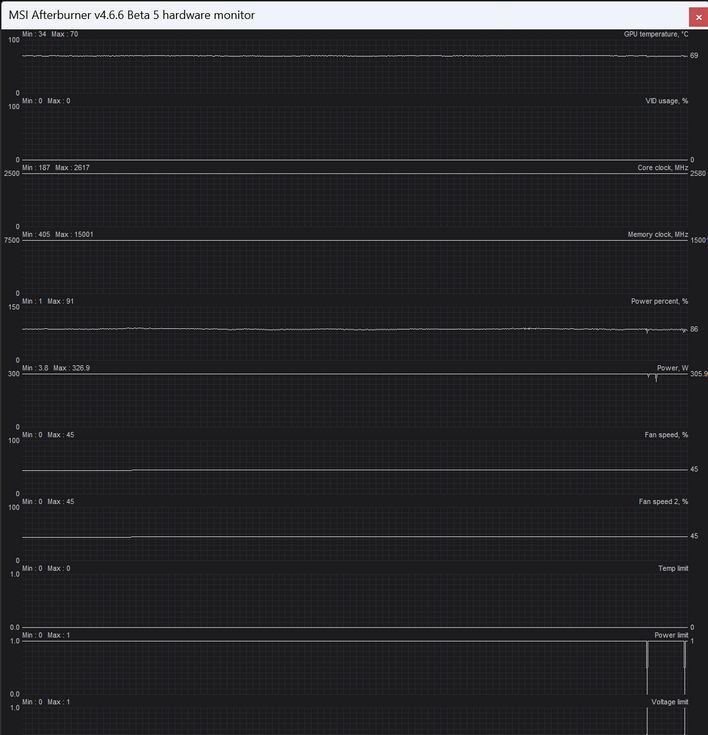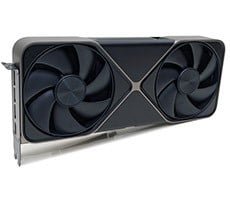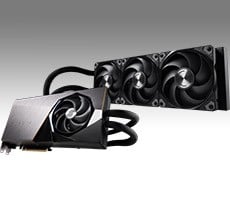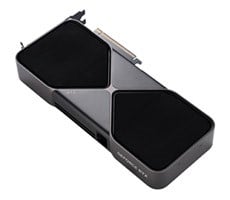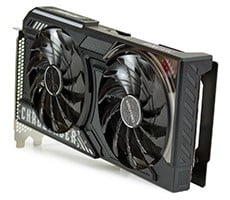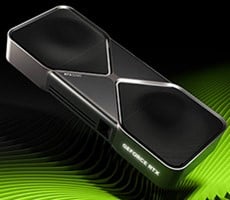NVIDIA GeForce RTX 5080 Founders Edition Review With Copious Benchmarks
We also spent some time overclocking the GeForce RTX 5080 Founders Edition to how much additional performance we could get from its GB203 GPU and GDDR7 memory.
Overclocking The GeForce RTX 5080 FE
As we've already mentioned in a few articles at this point, Blackwell-based GeForce RTX 50 series cards feature GPU Boost, which scales frequencies and voltages, power and temperatures permitting, based on the GPU's workload at the time -- just like the last couple of generations. Should a temperature or power limit be reached, GPU Boost will drop down to the previous boost frequency/voltage stepping, in an attempt to bring power and temperatures down gradually and not cause any significant performance swings. To overclock the cards, the maximum boost clock and power limit can be tweaked and tuned to increase performance with most cards. Altering the fan speed curve and GPU voltage (when applicable) can allow for further tweaking.
Like previous-gen cards, the GeForce RTX 5080 FE is still usually voltage or power limited to prevent damage and ensure longevity, and it's those limits that will usually be the gating factor when overclocking. With the GeForce RTX 5080 FE, the power target can be increased by up to 8%, but the GPU voltage could not be altered, at least not in the latest beta version of MSI's Afterburner we used. That said, we were able to increase the GPU and memory clocks quite a bit over their default values.
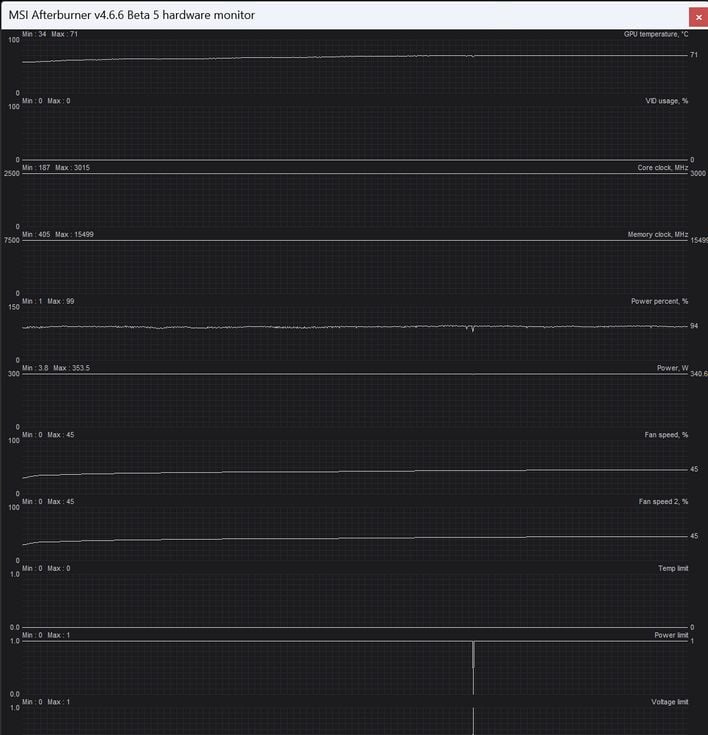
NVIDIA GeForce RTX 5080 FE Hardware Monitor - Overclocked
We upped the power target to its maximum (108%) and used the frequency offsets in Afterburner to manually alter the RTX 5080 FE's frequencies. We increased the GPU and memory clock offsets incrementally until the test system was no longer stable, showed on-screen artifacts, or performance peaked due to hitting a power or other limit.
In its stock configuration, the GeForce RTX 5080 FE hit a 2,580MHz boost clock and peaked at 70°C, while maintaining its 30Gbps memory data rate. While overclocked, however, we were able to take its GPU clock all the way up to 3,000MHz with a 31Gbps memory speed.
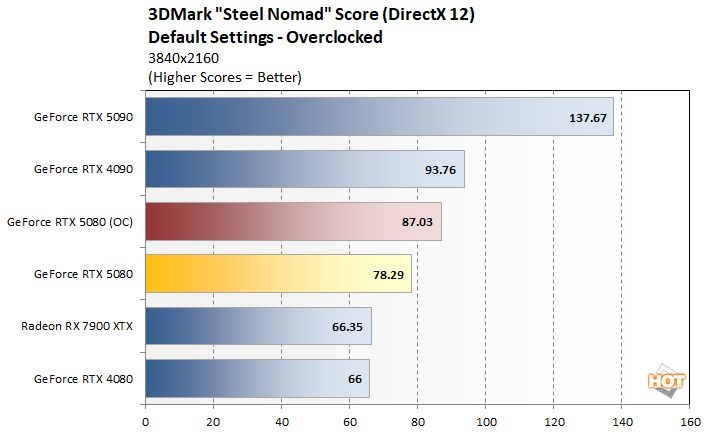
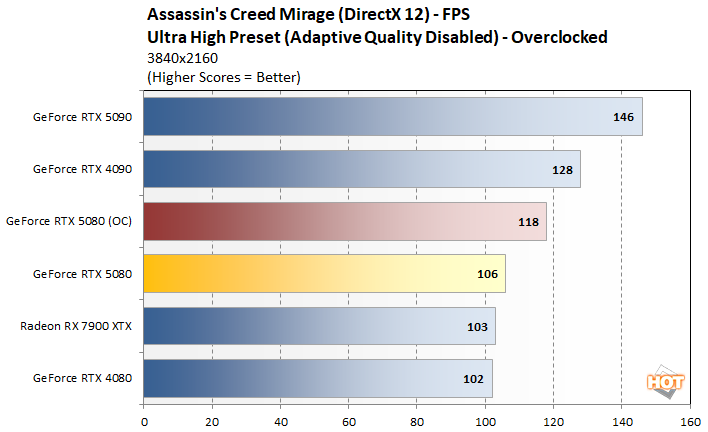
With the RTX 5080 overclocked, we re-ran some tests and saw some significant performance gains, in the neighborhood of 11.5%. It appears NVIDIA is being somewhat conservative with the GeForce RTX 5080 FE's default clocks and power limit.
We should also mention, that while overclocked the GeForce RTX 5080 FE remained relatively cool. We saw temperatures peak at 71°C, which was only 1 degree higher than stock and the fan speed maxed out at only 45%.
Total System Power Consumption
Throughout all of our benchmarking and testing, we also monitored noise output and tracked how much power the GPUs were consuming in our test system. Our goal here is to give you an idea as to how much power each GPU used while idle and also while under a heavy workload.
Unlike the RTX 5090, the GeForce RTX 5080 FE's power consumption wasn't much different than its predecessor. The GeForce RTX 5080 FE actually had the lowest idle power consumption and peak power under load was only a few watts higher than the RTX 4080, despite the RTX 5080's superior performance and features. The GeForce RTX 5080 FE's efficiency story is much better than the RTX 5090's.
Noise is non-issue for the GeForce RTX 5080 FE as well. At idle or when under light loads, the card is effectively silent. It's fans spin down completely at idle and it and can't be heard over typical chassis and PSU fans. When under a heavy, sustained workload, the GeForce RTX 5080 FE's fans do spin up quite a bit, but we would not consider it loud by any means. It is audible, but is relatively tame versus other high-end GPUs.NVIDIA GeForce RTX 5080 Founders Edition Review Summary & Conclusions
Last week’s launch of the GeForce RTX 5090, crowned a new king in the gaming GPU market. It’s pricier and consumes more power than its predecessor, but the RTX 5090 was performance leader across the board. The GeForce RTX 5080 is also technically an upgrade over the RTX 4080 in virtually every way, but its power consumption is in the same ball park and its introductory $999 MSRP is actually somewhat lower. That should be a great story, but the GeForce RTX 5080 is only a mild upgrade over its previous-gen namesake for gaming, unless you can turn on all DLSS features with multi-frame generation. It does, however, offer more of a boost with AI and content creation workloads.When the GeForce RTX 4080 launched, it crushed the GeForce RTX 3090 with many workloads. That’s not the case with the GeForce RTX 5080, but that was obviously not NVIDIA’s intention. The GB203 GPU powering the card is actually smaller than the AD103 on the RTX 4080, and it is manufactured on the same process node.
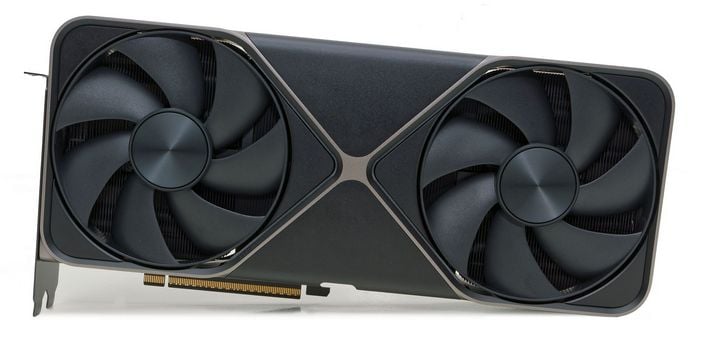
NVIDIA’s focus here was obviously on architectural advancements and AI-powered rendering. When you factor in the capabilities of RTX Neural Rendering and DLSS 4 with multi-frame generation, the RTX 5080 separates itself from previous-gen offerings and offers clearly superior performance and technology. And therein lies the rub. Traditional raster will likely be less of a focus for the industry moving forward. NVIDIA is looking to the future with Blackwell, and they're not alone, as both AMD and Intel are on this path as well . As game developers incorporate more of the technologies available in the RTX 50 series, its performance profile relative to previous-gen GPUs will change. Though 75 titles will offer support for DLSS as of tomorrow (if you factor in the DLSS override controls in the NVIDIA app), we suspect revisiting the performance of these cards in a few months may tell a different story. AMD and Intel may also have some fresh competitors in the mix too by then.
That said, most consumers buy products for what they offer today, and not what they may potentially offer in the future. If you’re considering a card in the GeForce RTX 5080 FE’s price range, it is the current best option on the market. It’s faster and has more advanced features than a GeForce RTX 4080 and also AMD’s current flagship offering. It is not a significant upgrade over the GeForce RTX 40 series for gamers though. For owners of GeForce RTX 30 series cards (or older), however, the GeForce RTX 5080 will offer a massive boost.


